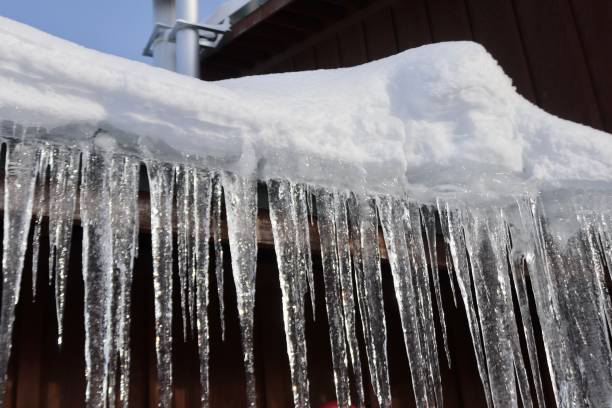How to Avoid Frozen Plumbing in Cold Weather: Professional Advice
How to Avoid Frozen Plumbing in Cold Weather: Professional Advice
Blog Article
Just how do you really feel about How to Prevent Your Pipes From Freezing?

Cold weather can wreak havoc on your pipes, particularly by freezing pipelines. Right here's how to stop it from taking place and what to do if it does.
Introduction
As temperatures decrease, the risk of icy pipes boosts, possibly leading to costly repairs and water damages. Recognizing just how to stop icy pipelines is vital for home owners in cool environments.
Comprehending Frozen Pipes
What causes pipelines to ice up?
Pipes freeze when revealed to temperature levels below 32 ° F (0 ° C) for extended durations. As water inside the pipelines ices up, it broadens, putting pressure on the pipeline walls and potentially triggering them to burst.
Threats and problems
Frozen pipelines can cause supply of water disturbances, residential property damage, and pricey repair work. Ruptured pipes can flood homes and create comprehensive structural damages.
Indicators of Frozen Pipeline
Recognizing frozen pipes early can avoid them from bursting.
Exactly how to determine icy pipelines
Seek lowered water circulation from taps, uncommon smells or noises from pipes, and noticeable frost on revealed pipelines.
Prevention Tips
Insulating vulnerable pipelines
Wrap pipelines in insulation sleeves or use heat tape to safeguard them from freezing temperatures. Concentrate on pipes in unheated or external locations of the home.
Home heating techniques
Keep interior rooms properly heated, especially areas with pipes. Open closet doors to permit cozy air to circulate around pipes under sinks.
Shielding Outside Plumbing
Yard pipes and outside taps
Disconnect and drain pipes garden hoses prior to winter season. Install frost-proof faucets or cover outdoor taps with insulated caps.
What to Do If Your Pipelines Freeze
Immediate actions to take
If you think icy pipes, maintain taps available to relieve stress as the ice thaws. Utilize a hairdryer or towels taken in hot water to thaw pipes slowly.
Long-Term Solutions
Structural changes
Consider rerouting pipes far from outside walls or unheated areas. Add added insulation to attic rooms, basements, and crawl spaces.
Updating insulation
Buy top quality insulation for pipes, attics, and wall surfaces. Appropriate insulation aids keep regular temperature levels and lowers the danger of icy pipelines.
Verdict
Avoiding icy pipelines calls for proactive steps and quick reactions. By comprehending the reasons, indications, and safety nets, home owners can protect their plumbing throughout winter.
5 Ways to Prevent Frozen Pipes
Drain Outdoor Faucets and Disconnect Hoses
First, close the shut-off valve that controls the flow of water in the pipe to your outdoor faucet. Then, head outside to disconnect and drain your hose and open the outdoor faucet to allow the water to completely drain out of the line. Turn off the faucet when done. Finally, head back to the shut-off valve and drain the remaining water inside the pipe into a bucket or container. Additionally, if you have a home irrigation system, you should consider hiring an expert to clear the system of water each year.
Insulate Pipes
One of the best and most cost-effective methods for preventing frozen water pipes is to wrap your pipes with insulation. This is especially important for areas in your home that aren’t exposed to heat, such as an attic. We suggest using foam sleeves, which can typically be found at your local hardware store.
Keep Heat Running at 65
Your pipes are located inside your walls, and the temperature there is much colder than the rest of the house. To prevent your pipes from freezing, The Insurance Information Institute suggests that you keep your home heated to at least 65 degrees, even when traveling. You may want to invest in smart devices that can keep an eye on the temperature in your home while you’re away.
Leave Water Dripping
Moving water — even a small trickle — can prevent ice from forming inside your pipes. When freezing temps are imminent, start a drip of water from all faucets that serve exposed pipes. Leaving a few faucets running will also help relieve pressure inside the pipes and help prevent a rupture if the water inside freezes.
Open Cupboard Doors
Warm your kitchen and bathroom pipes by opening cupboards and vanities. You should also leave your interior doors ajar to help warm air circulate evenly throughout your home.

I ran across that piece of writing about How to prepare your home plumbing for winter weather when doing research the search engines. So long as you appreciated our page if you please remember to pass it around. Thanks a bunch for being here. Don't forget to come visit our blog back soon.
Free Estimates Report this page